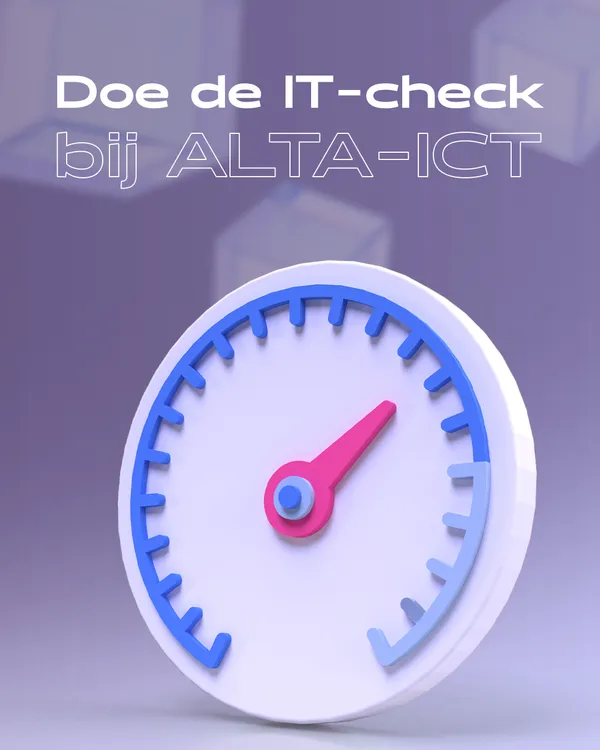
Knowledge base
February 03, 2025
Lifecycle Management in Microsoft 365 and Azure
Effectively managing the data lifecycle is critical for organizations using Microsoft 365 and Azure. A well-designed Data Lifecycle Management (DLM) not only helps with regulatory compliance, but also optimizes storage costs and increases productivity. Below, we discuss the benefits and implementation strategies of DLM within these platforms.
Benefits of Data Lifecycle Management
- Automatic compliance with laws and regulations ????: With retention policies, documents are automatically retained and deleted according to applicable regulations, helping with compliance¹.
- Improved productivity ????: A tidy digital work environment, where outdated documents are automatically deleted, increases employee efficiency.
- Cost savings ????: By deleting old and unused data in a timely manner, organizations save on storage costs and optimize resource utilization².
Implementation in Microsoft 365
Within Microsoft 365, Microsoft Purview provides Data Lifecycle Management tools to manage the lifecycle of information. Retention policies and labels allow organizations to determine which content should be retained or deleted based on specific criteria. In addition, mailbox archiving facilitates additional storage for users, and inactive mailboxes can be managed to retain data after employees leave the organization.
Implementation in Azure
Azure Blob Storage has a lifecycle management feature that allows organizations to set up rules to automatically move blob data between different storage tiers or delete it at the end of its lifecycle. This helps optimize storage costs and manage data efficiently.
Conclusion
By effectively leveraging Data Lifecycle Management in both Microsoft 365 and Azure, organizations can optimize their data management, meet compliance requirements and increase operational efficiency. Implementing these strategies contributes to an organized and cost-effective digital work environment.
For more information and best practices on Data Lifecycle Management within Microsoft 365 and Azure, I recommend consulting Microsoft’s official documentation.
References
¹https://learn.microsoft.com/nl-nl/purview/get-started-with-data-lifecycle-management
²https://learn.microsoft.com/azure/storage/blobs/lifecycle-management-overview
About the author
My name is Alta Martes, a specialist in Microsoft 365 and Google Workspace, with a focus on modern workplace management, cloud security and identity & access management. With years of experience, I help organizations optimize their IT infrastructure and create a secure, efficient digital workplace.
???? Need help with your Microsoft 365 strategy?
Click below and find out how we can support your organization:
Want to know more?

Related
blogs
Tech Updates: Microsoft 365, Azure, Cybersecurity & AI – Wekelijks in je Mailbox.



